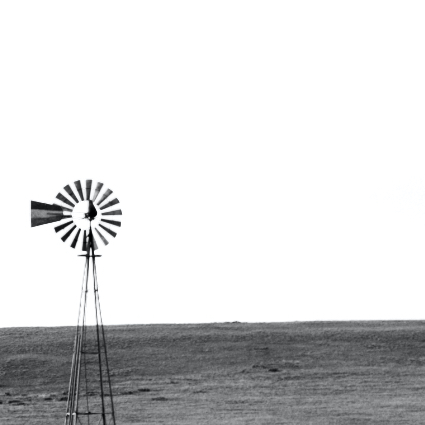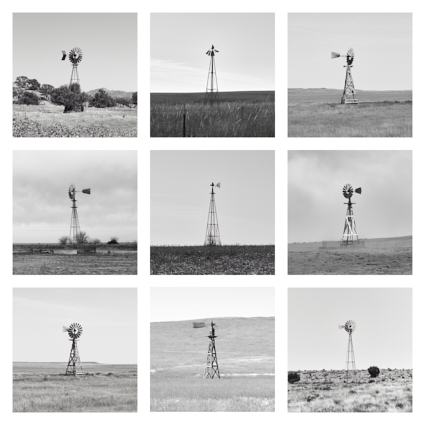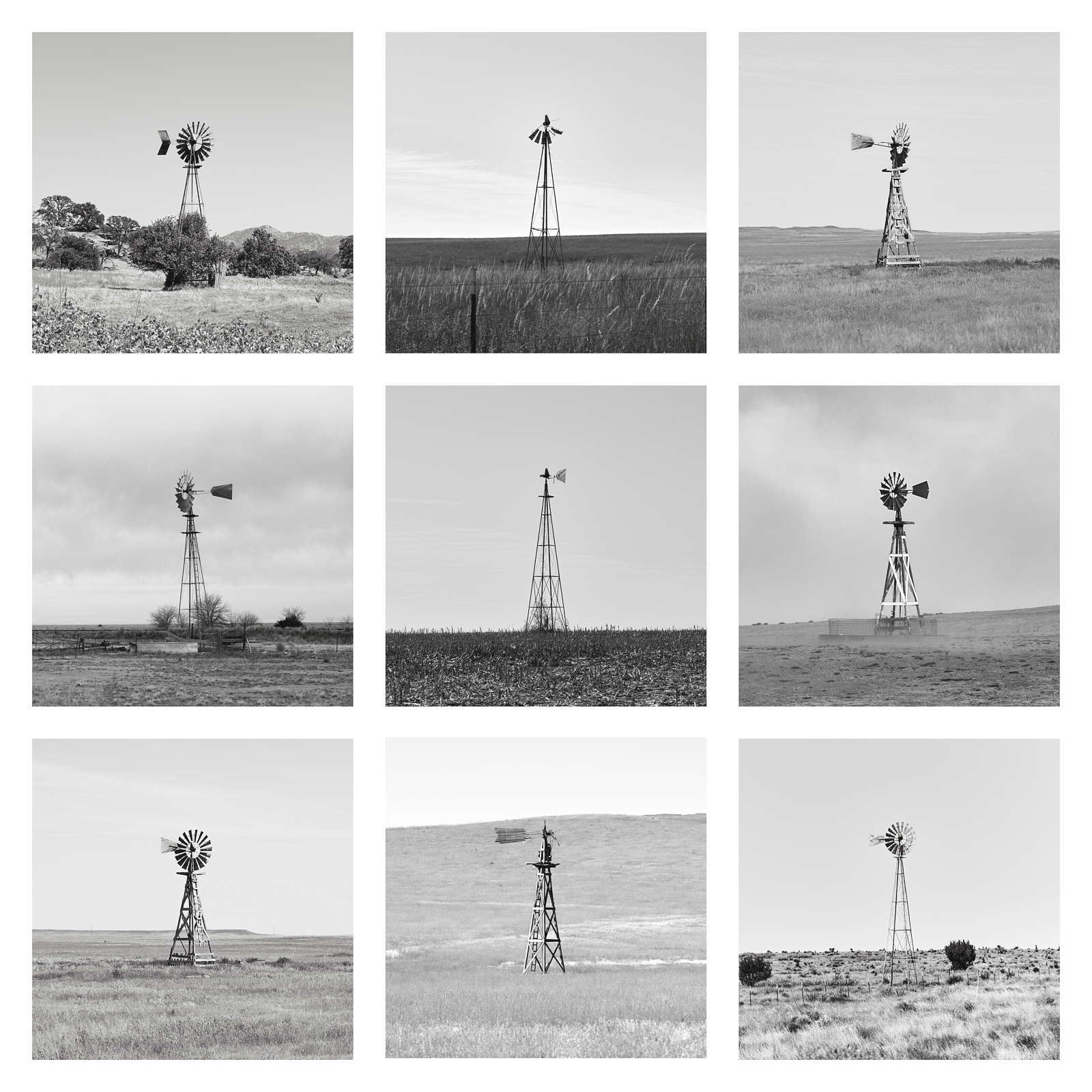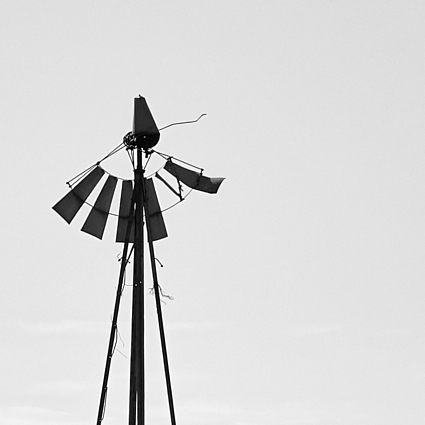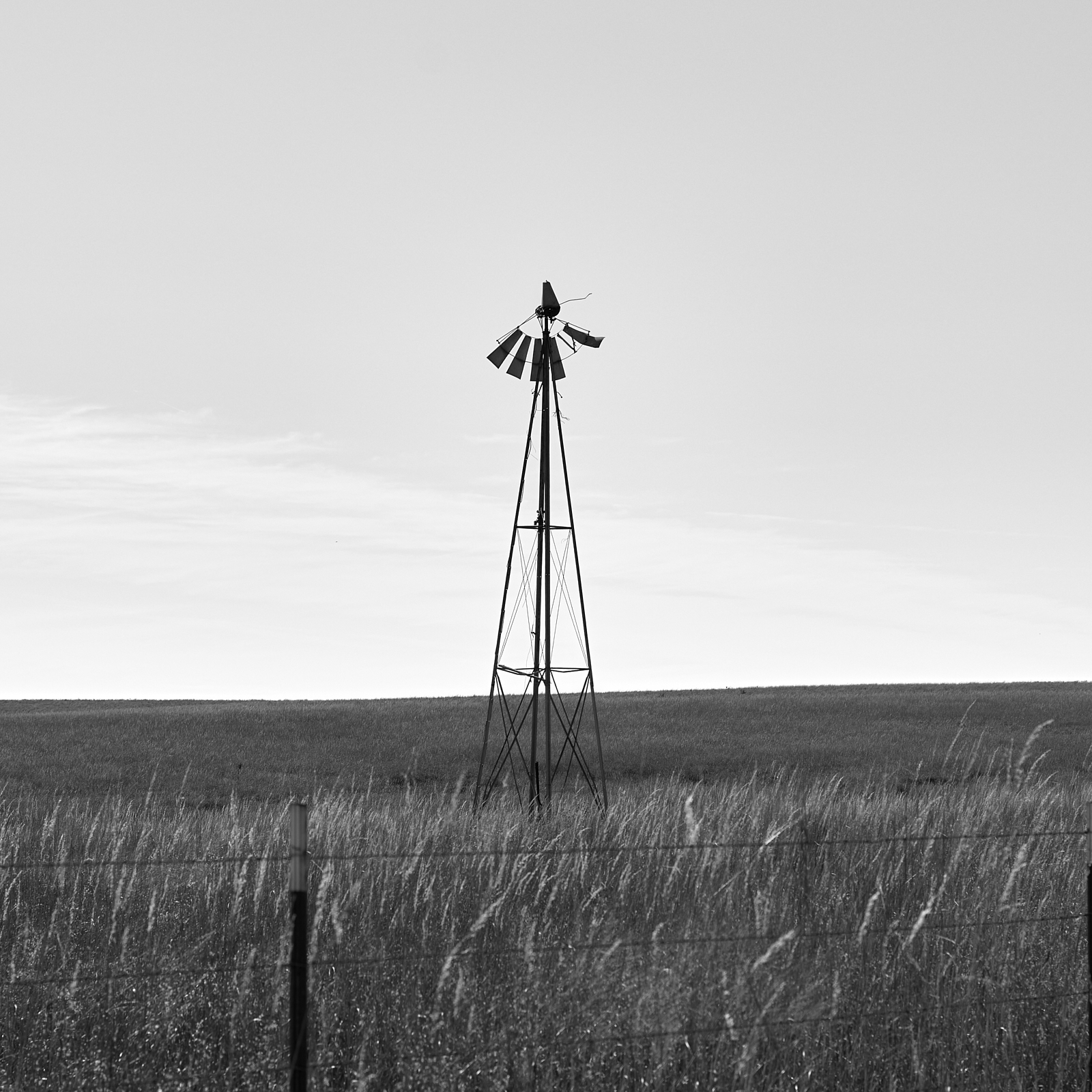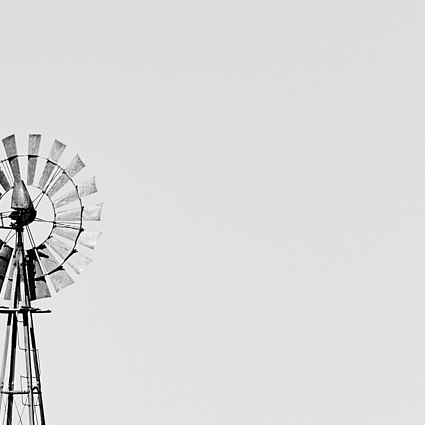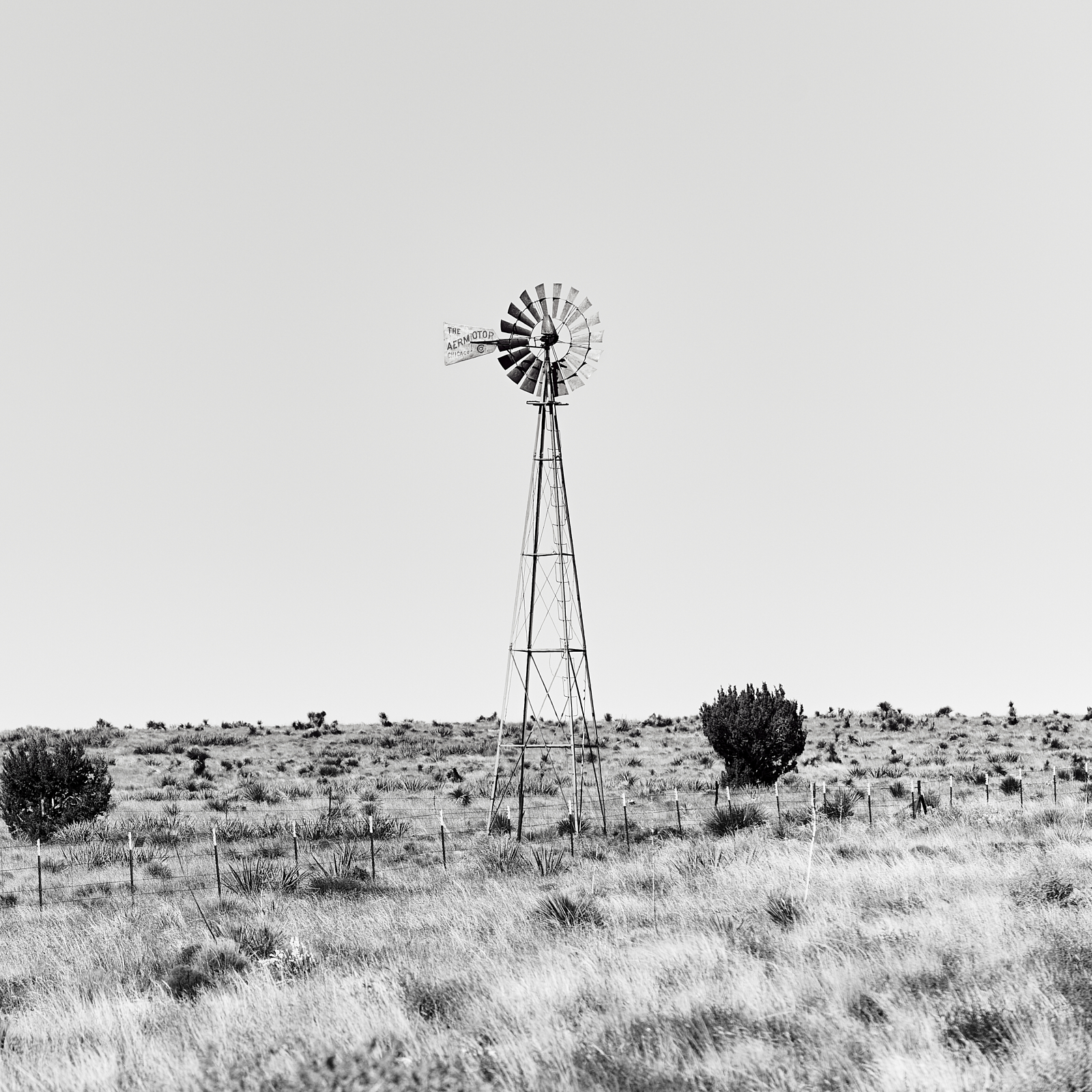I had been driving for hours when the sun finally clawed its way over the horizon. The endless black that had enveloped me since I had started out was replaced by endless sky and grasslands. And wind. Always the wind. Barbed wire fences suggested that cattle grazed on the land, somewhere. Windmills suggested that they got thirsty now and then. The ramshackle houses and barns suggested that the few people who used to live in these grasslands had moved away. I stood there in the cold wind, listened to it whistle through the barbed wire, blow through the grasses, and spin the rotor on the windmill. I enjoyed the emptiness.
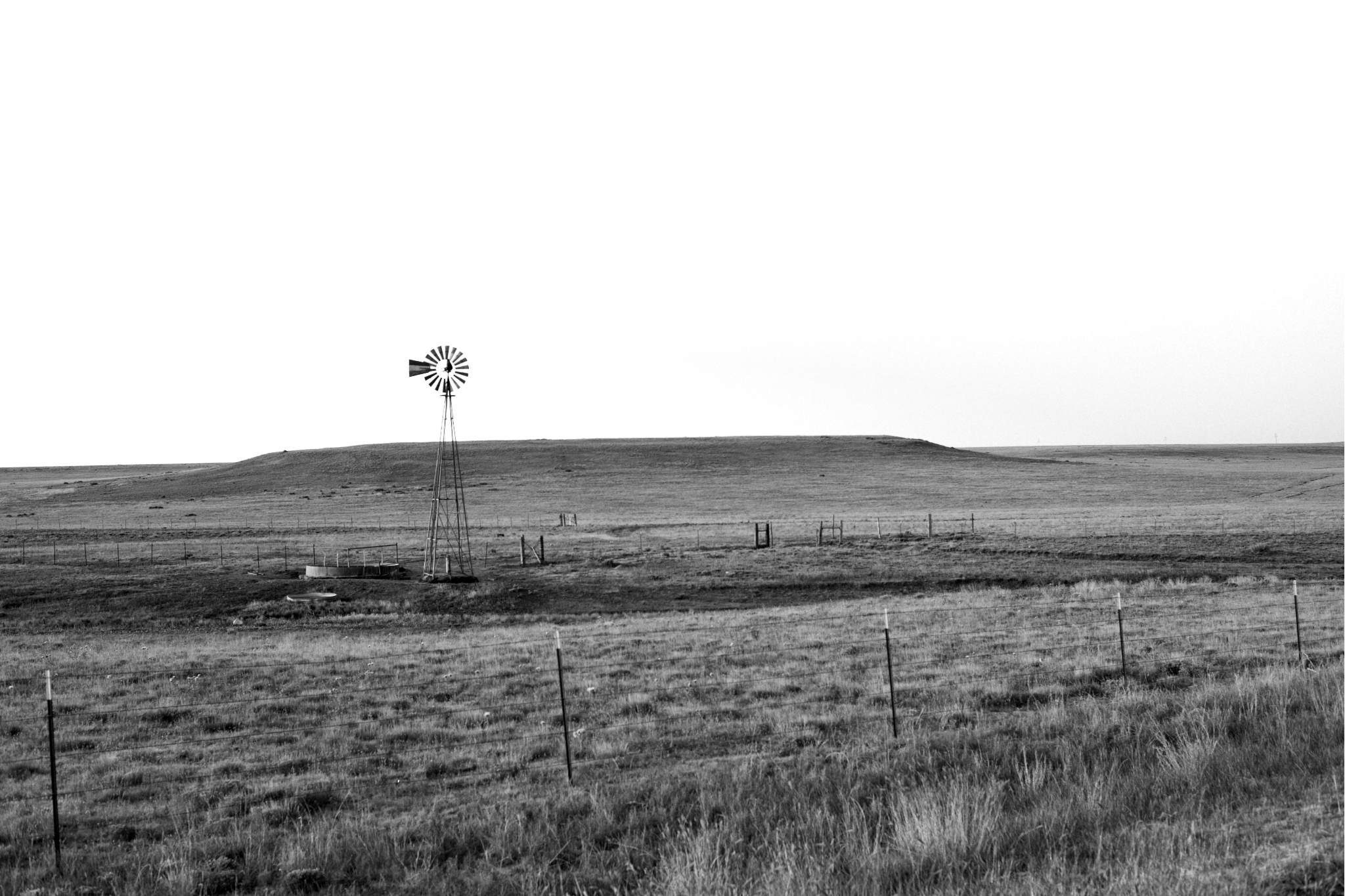
Then the drone of a long-haul truck reached me. Carried forward on the strong wind, its engine sounded much higher pitched than the Doppler effect could have produced. Then, as it roared by, the drone stretched out into a long, low moan. I turned, climbed back through the barbed wire fence, got into my car, and continued north.
